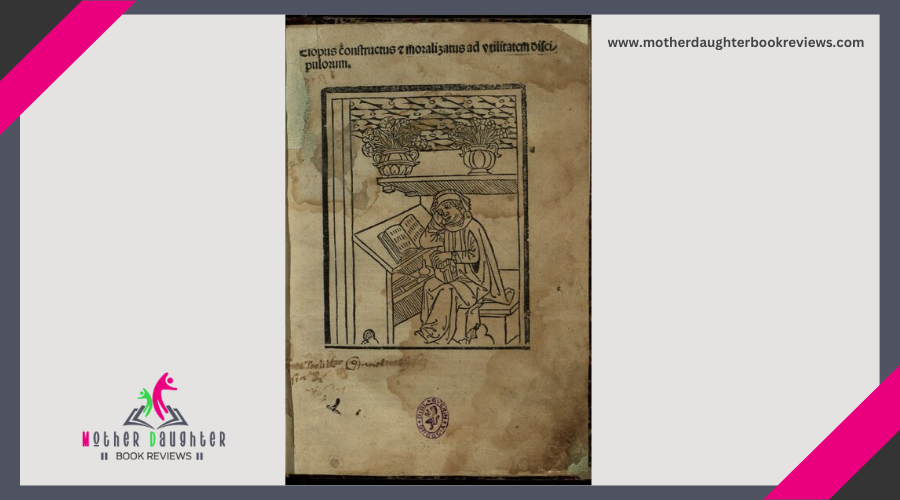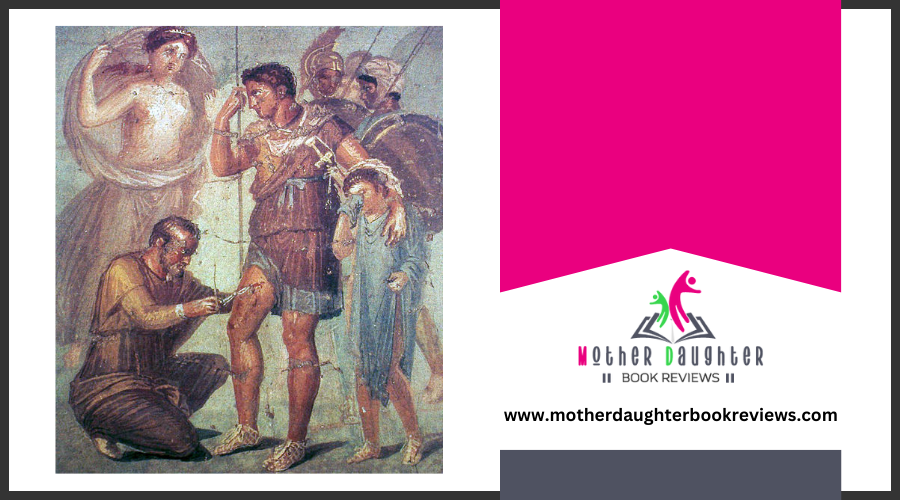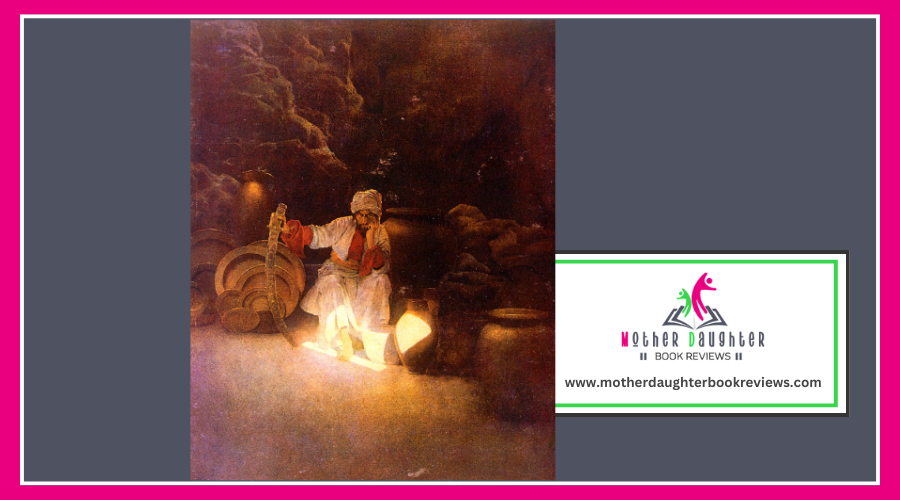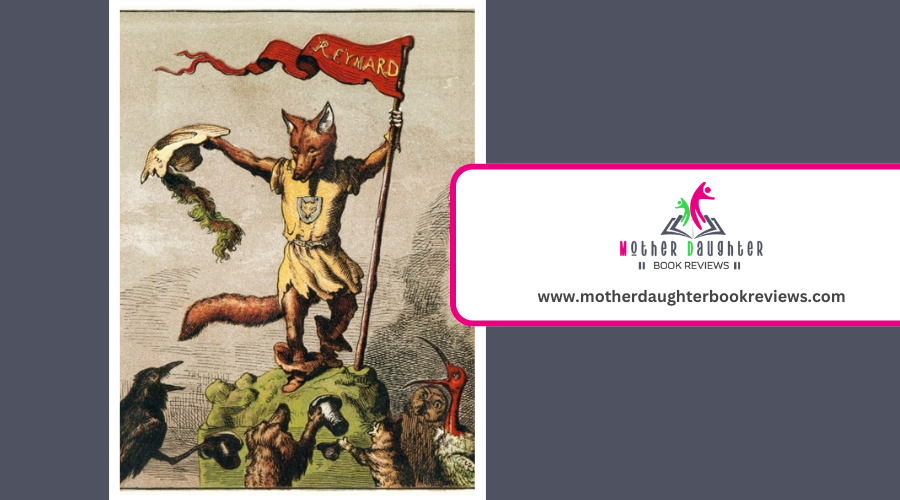Exploring Early Modern Children's Literature from 1500 CE – 1700 CE
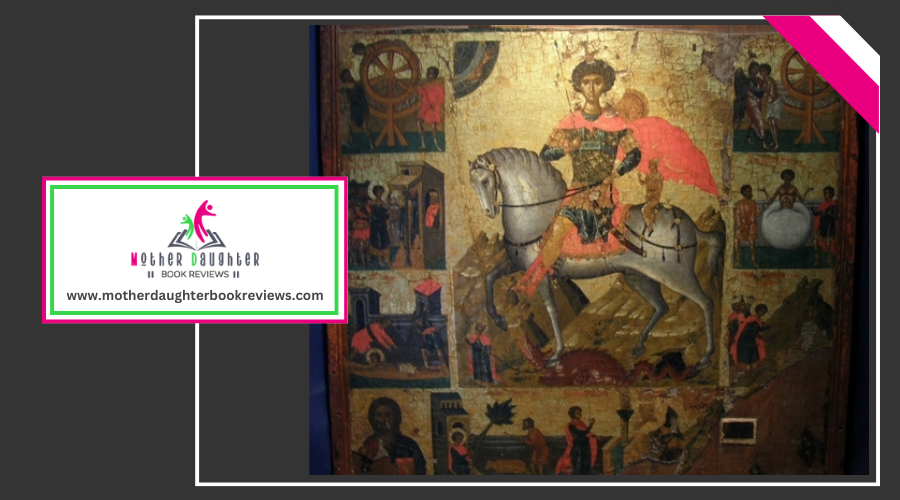
Books from 1500 to 1700 CE often contained didactic tales teaching moral lessons through clear character archetypes and consequences. These stories, aimed at educating young minds, balanced entertainment with virtue, featuring fantastical adventures that promoted imagination and bravery. Influenced by Renaissance and Enlightenment ideas, literature began to view childhood as a unique stage of development.
Historical Context
During this period, the world underwent significant cultural shifts that influenced how stories were told and who had access to them. As societies shifted from the medieval to the early modern age, there was an increased emphasis on education and literacy. This change was critical for children's literature, as more families began to see the value in educating their young ones.
One of the most significant factors was the print revolution. The invention of the printing press by Johannes Gutenberg in the mid-15th century made books more accessible and affordable. Before this, manuscripts were laboriously hand-copied and expensive, limiting their availability to the wealthy and the clergy. With the advent of printed books, a wider audience, including children, could experience literature. Printers began producing books specifically for children, filled with stories, fables, and moral lessons.
These cultural shifts and technological advancements didn't just change who could read but also what was being read. The print revolution democratized access to literature, laying the groundwork for the diverse and rich landscape of early modern children's literature.
Didactic Tales
During the early modern period, didactic tales became a cornerstone of children's literature. These stories were crafted with the primary purpose of teaching moral lessons and guiding young minds toward virtuous behavior. Unlike mere fairy tales that entertained, didactic tales often contained elements of cautionary tales, warning children about the consequences of misbehavior.
You can find several characteristics that define these didactic tales:
- Moral Lessons: Each story had a clear moral lesson. Regardless of it being about honesty, kindness, or obedience, the goal was to instill these virtues in children.
- Simple Plots: The narratives were straightforward, making it easy for young readers to grasp the underlying message without getting lost in complex storylines.
- Characters: Characters often embodied specific traits. For example, a wise elder or a mischievous child would serve as archetypes to illustrate the moral lesson.
- Consequences: Cautionary tales within didactic literature highlighted the repercussions of negative behavior, like lying or stealing, reinforcing the importance of making good choices.
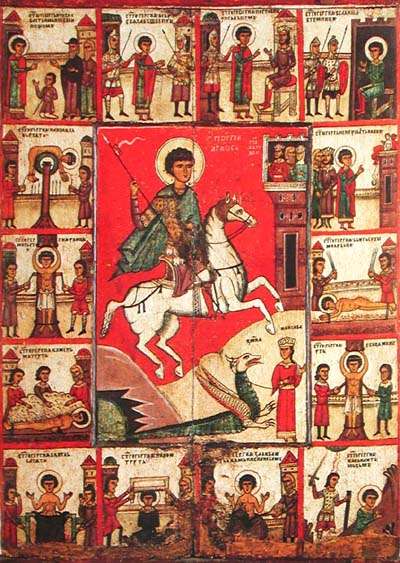
Fantastical Adventures
Moving from the moral-driven narratives of didactic tales, children's literature in the early modern period also welcomed the charm of fantastical adventures. You'd find that these stories offered a revitalizing escape from everyday life, plunging young readers into worlds brimming with magical creatures and heroic quests. Imagine dragons, fairies, and talking animals leaping off the page, enthralling imaginations and encouraging a sense of wonder.
As you turn the pages, you set out on perilous expeditions alongside brave protagonists. These characters often undertook heroic quests, facing formidable foes and overcoming impossible odds. Regardless of it being rescuing a captured prince from an enchanted forest or retrieving a mystical artifact guarded by a fearsome beast, these tales were designed to thrill and inspire.
These fantastical adventures weren't just about entertainment. They subtly taught valuable lessons about bravery, resilience, and the importance of good over evil. By immersing yourself in these extraordinary worlds, you could investigate themes of courage and friendship, all while being thoroughly entertained. In this way, early modern children's literature managed to balance the enchanting charm of fantastical adventures with meaningful, relatable experiences.
Moral Lessons
In early modern children's literature, stories often infused moral lessons directly into their narratives. You'd find that these tales weren't just for entertainment; they aimed to foster moral development in young readers. Ethical storytelling was a cornerstone of this period, where characters' actions and consequences played significant roles in teaching right from wrong.
To better understand how these moral lessons were integrated, consider the following points:
- Character Archetypes: Heroes and villains were clearly defined, making it easy for children to discern virtuous behavior from wickedness.
- Consequences of Actions: Stories often showcased the rewards of good deeds and the punishments for bad ones, reinforcing the importance of ethical choices.
- Religious Undertones: Many tales incorporated religious themes, emphasizing virtues like honesty, kindness, and humility in alignment with contemporary moral standards.
- Didactic Elements: Narratives frequently included direct moral instruction, sometimes with a narrator explicitly guiding the reader towards the intended lesson.
Renaissance Influence
The moral lessons of early modern children's literature didn't emerge in isolation; they were deeply influenced by the intellectual and cultural currents of the Renaissance. You see, during this timeframe, there was a significant shift in how childhood was perceived. Renaissance childhood wasn't just about preparing for adulthood but was seen as a unique and formative stage of life. This new understanding influenced the literature evolution of the time.
Renaissance thinkers emphasized the importance of education, imagination, and moral development. As a result, children's literature began to incorporate these values. Books and stories were designed not just to entertain but also to educate young minds, instilling virtues such as honesty, bravery, and wisdom. You'd find that many stories from this period borrowed themes from classical mythology and history, reflecting the Renaissance's revival of ancient knowledge.
Moreover, the invention of the printing press played a significant role in this literature evolution. It made books more accessible, spreading Renaissance ideas far and wide. So, when you explore early modern children's literature, you're not just reading tales for kids; you're examining a rich tapestry of Renaissance thought and culture.
Enlightenment Ideas
Many of the transformative ideas that shaped early modern children's literature during the Enlightenment centered around reason, individualism, and progress. You'll notice that this era of reason brought a seismic shift in how childhood development was perceived. Authors began to see children not just as small adults but as individuals with unique needs and potential.
To understand this change, consider these four key Enlightenment ideas that influenced children's literature:
- Emphasis on Rational Thought: Books started to encourage critical thinking and problem-solving, promoting the belief that children could reason and understand complex concepts at an early stage.
- Focus on Moral Education: Stories often included moral lessons, aiming to shape children into virtuous individuals who could contribute positively to society.
- Promotion of Individualism: Literature began to celebrate the individual child's path, encouraging self-discovery and personal growth.
- Scientific Inquiry: The era of reason heralded an interest in the natural world, leading to books that included scientific facts and encouraged curiosity.
These Enlightenment ideas didn't just transform literature; they also played an essential role in redefining childhood itself. You'll find that books from this period laid the groundwork for more modern educational practices and philosophies.
Lasting Impact
With the Enlightenment's transformative ideas firmly taking root, early modern children's literature began to leave a lasting impact that extends to present times. You can see how the cultural shifts of the 16th and 17th centuries influenced the stories told to children. These tales weren't just about entertainment; they began to reflect the growing emphasis on education, morality, and critical thinking.
The literary evolution during this period set the foundation for the genres and themes you find in contemporary children's books. For instance, the didactic stories aiming to teach children ethical behavior have evolved into modern works that balance fun with meaningful lessons. These early narratives paved the way for present-day educational methods, emphasizing learning through storytelling.
Conclusion
The exploration of early modern children's literature from 1500 CE to 1700 CE reveals a profound transformation in the way stories were crafted and the purpose they served. As the Renaissance and Enlightenment reshaped intellectual thought, childhood began to be viewed as a unique stage of development, requiring its own forms of education and storytelling.
This period marked the rise of didactic tales aimed at instilling virtues and moral lessons, as well as fantastical adventures designed to captivate young imaginations while subtly teaching values like bravery and friendship.

